The Independent's journalism is supported by our readers. When you purchase through links on our site, we may earn commission.
Bamboo bats, coral reefs and the country’s only village – discovering the wild side of Singapore
Think you know Singapore? Tamara Hinson finds that, away from the bright lights of the mainland, the city-state’s smaller islands offer a taste of adventure

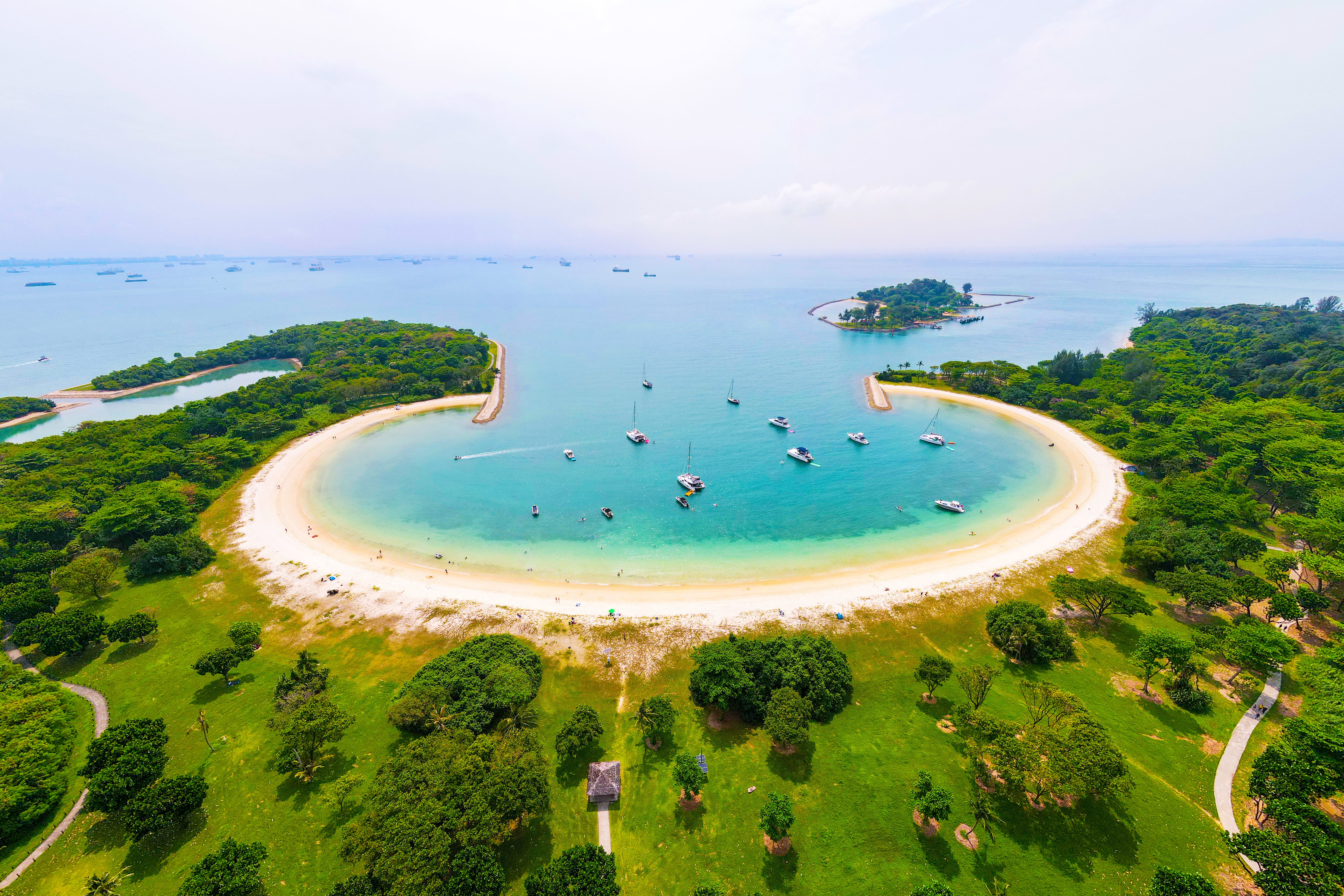
It’s only 3pm and I’ve already hiked a boardwalk suspended over a coral reef, spotted numerous rare butterfly species and admired deserted beaches from an observation tower in a wildlife-filled wetlands. But I’m not in Borneo or Brazil – I’m in Singapore.
Pulau Ubin was always on my hit list, but old favourites on Singapore’s mainland kept getting in the way – places like the Sungei Buloh Wetland Reserve, where I’ve spent entire days spotting crocodiles and herons from hides. Not that I’m making excuses – after all, it takes just 15 minutes to reach the island of Pulau Ubin via the 12-person boats that splutter out of Singapore’s Changi Point Ferry Terminal. Yet, despite its proximity, Pulau Ubin is a world away from mainland Singapore.
Many of the current 40 or so residents once worked in its quarries – the island’s granite was once in huge demand and was used to build much of Singapore’s public housing. When the quarries ceased operations in the 1990s, the few workers who stayed became fishermen and small business owners, like the lady running the bicycle hire shop next to Pulau Ubin’s pier, where I find Singapore’s last remaining kampong (village). There are no hotels here, although visitors can stay at its campsites.
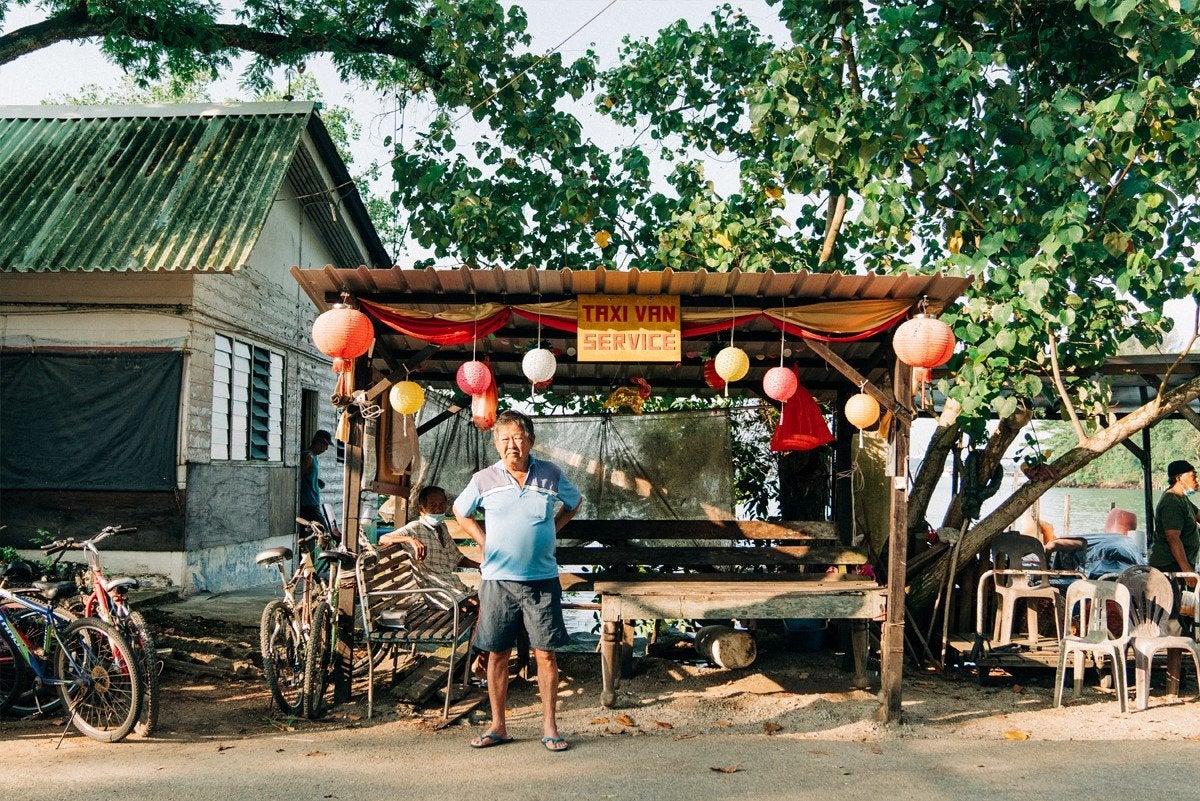
Motorised vehicles are a rarity on Pulau Ubin; it’s a magnet for cyclists and hikers. I saddle up and join a trail starting near an old wayang (Chinese opera) stage and a Chinese temple – a reminder that many quarry workers were Chinese immigrants.
Read more on Asia travel:
The former industrial sites are now lush nature reserves. On the island’s southern side, I find Pekan Quarry, now a lake popular with kingfishers and herons – I spot them perching on nesting platforms. At nearby Butterfly Hill, a football field-sized former chunk of wasteland, I pass clouds of butterflies drawn to flora planted to attract rare species, such as the Mangrove Tree Nymph.
I refuel at the trailside Ah Ma drinks stand, quenching my thirst with fresh coconut juice sold by an elderly lady wielding a fearsome machete. This is Madam Ong, whose parents once farmed prawns. When business slowed, she swapped seafood for snacks and built her drinks stand using timber from abandoned houses.
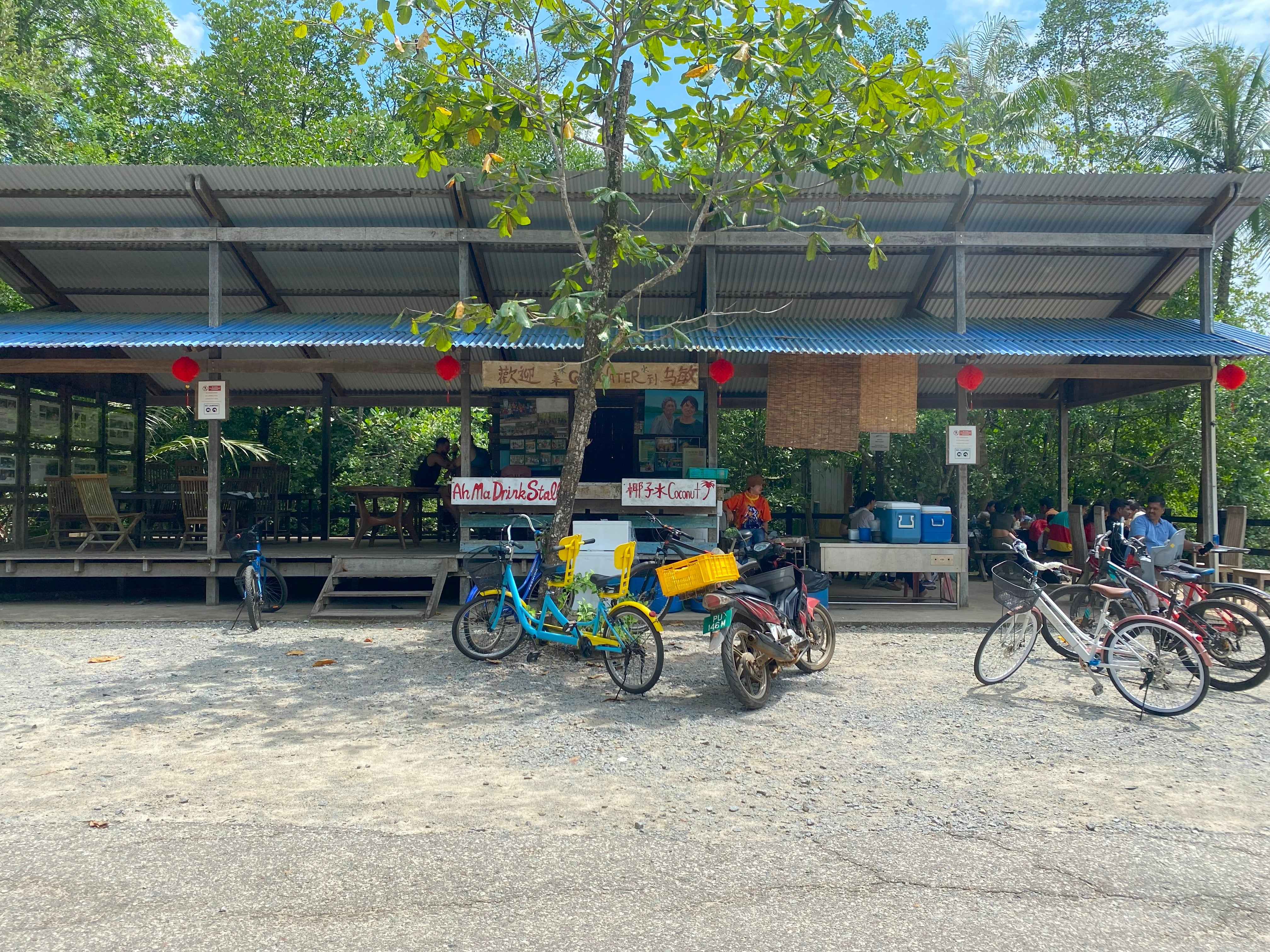
The island feels truly wild – not just because of signs warning of falling durians, but because of the wildlife. At Chek Jawa Wetlands, six ecosystems – including a seagrass lagoon and coastal forest – host 500 species, ranging from flying foxes to bamboo bats. Get lucky (I sadly don’t) and you’ll spot dugongs carving through the waters separating Pulau Ubin from Malaysia.
My attempt to complete the boardwalk extending over the nearby coral reef is thwarted by 20 macaques sprawled across my pathway, in no hurry to leave. After 10 minutes of plotting possible routes in the way a military general might plan crossings of a minefield, I abandon the mission and head to the wetlands’ observation tower another way. From its summit, high above the tree canopy, I take in the Malaysian coastline and the thick forests that now cover Pulau Ubin.

The next day, I head to another Singaporean island paradise: Lazarus, a 20-minute boat ride from Singapore’s Marina South Pier. Until recently most visitors were day trippers, although in 2023 five tiny houses appeared. Each one-bedroom property, which relies largely on solar energy, has a kitchenette, double bed and shower. They’re brilliant bases for explorations of Lazarus. On forays around its perimeter, I find mangrove forests filled with frogs whose croaks lull me to sleep at night and a deserted palm-fringed beach. The water teems with fish; leopard rays, barramundi and longfin groupers (famous for their leopard-like colouring) all thrive here.
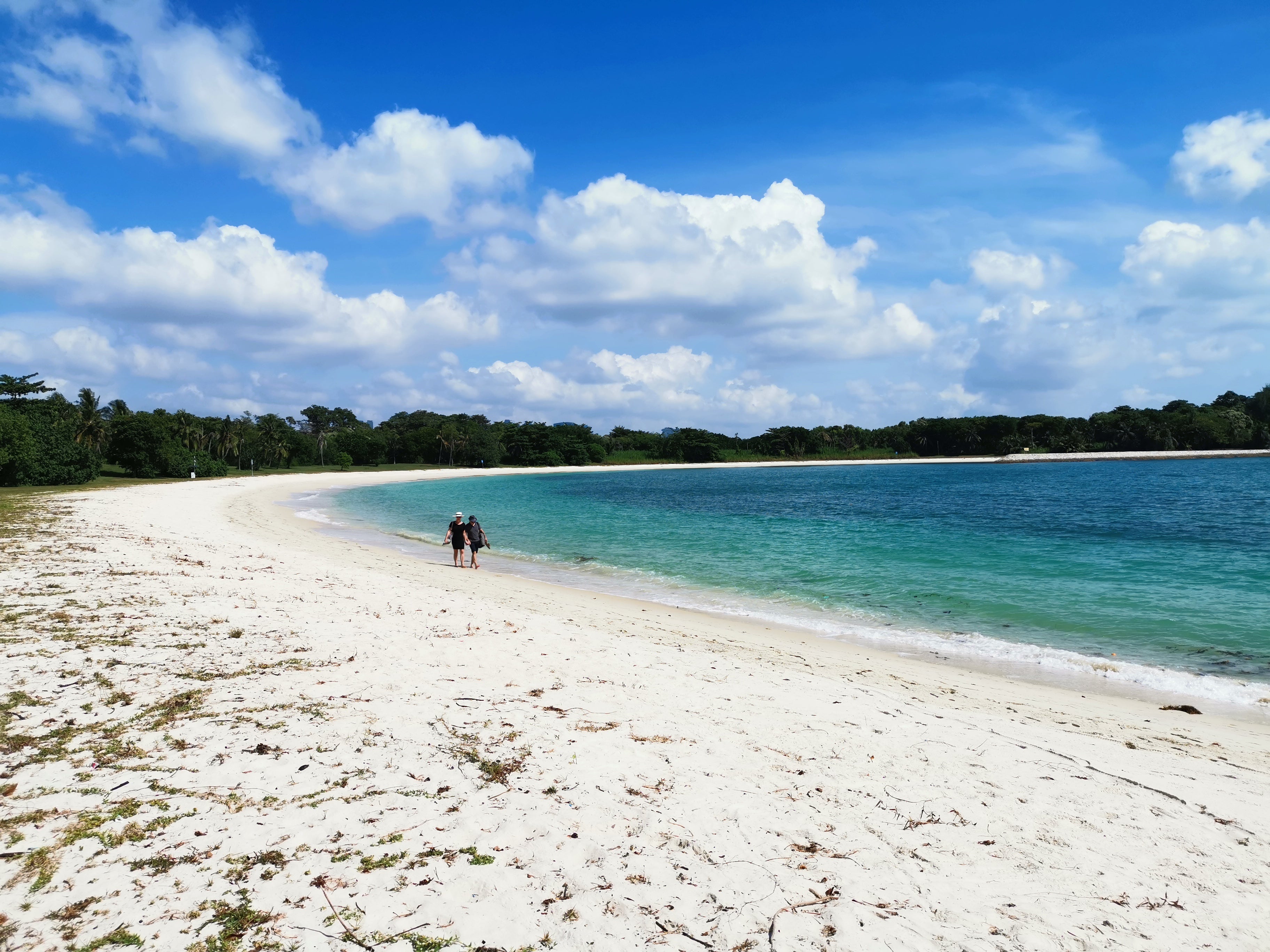
I pick up supplies at Lazarus’s only shop, tucked inside a shipping container. I’m lucky – it’s a Monday and I learn it won’t open again until Friday, which is why I’d advise visitors to stock up on the mainland. I’d then do as I did and walk across the causeway connecting Lazarus to similarly-sized St John’s island, which has several pretty beaches and picnic areas, along with a small water sports centre from which kayaks and SUPs can be hired.
While Lazarus was once a penal colony, St John’s was a quarantine centre for Singapore-bound immigrants in the late 1800s. Both have been largely reclaimed by nature – the few permanent structures include the Tiny Houses, some glamping tents on Lazarus’s beach and dormitory accommodation for schools and scouts on St John’s. Visitors are scarce; once the last boat to the mainland departs, there’s a sense I’ve got the island to myself. At times I feel like Indiana Jones. One afternoon, I discover an abandoned building at the end of an overgrown footpath. It resembles something from a Resident Evil video game – a rusting skeleton of a structure covered with tendrils of greenery, close to being reclaimed by the forest.
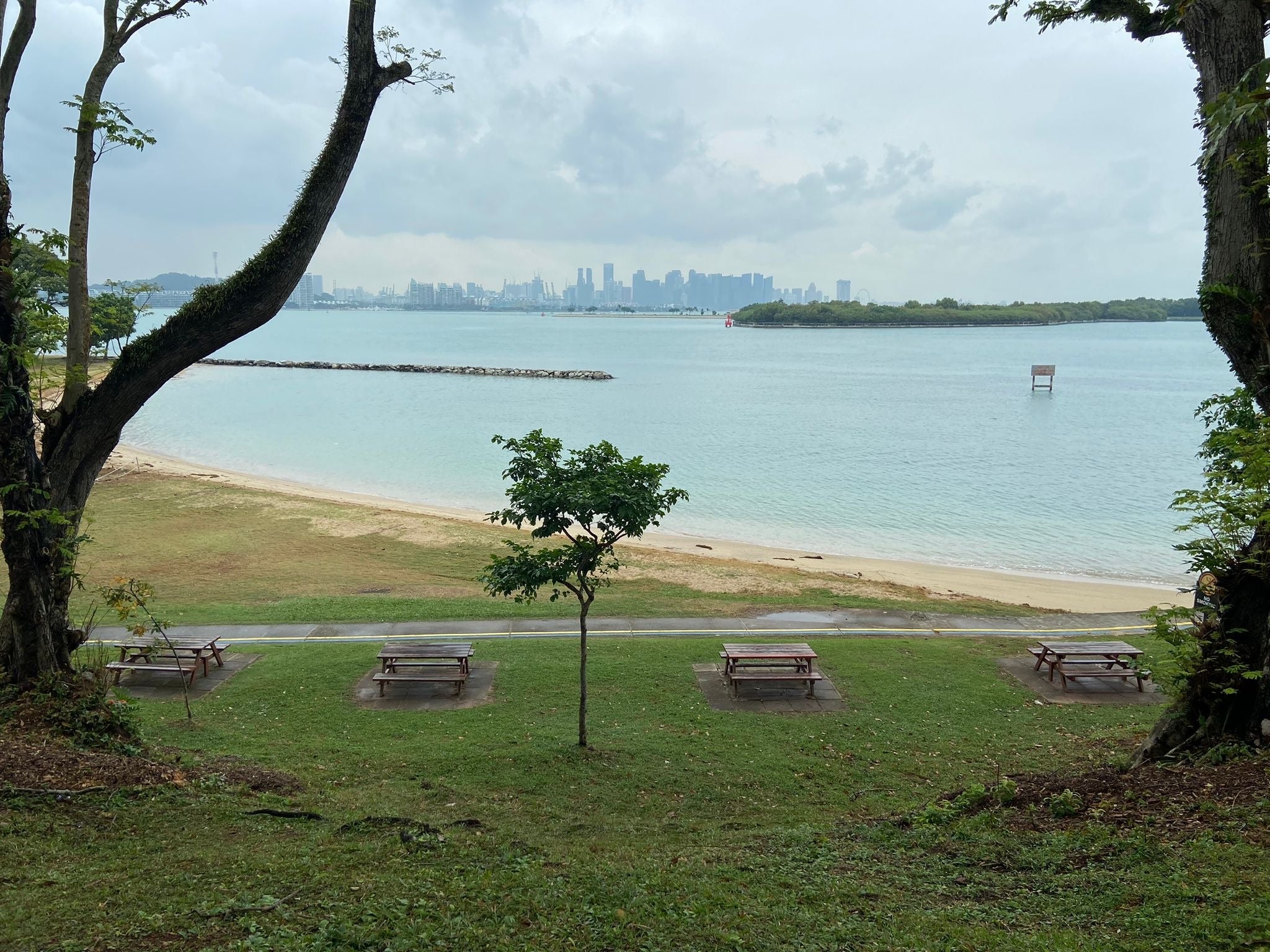
Lazarus is also connected to Kias Island, an even smaller chunk of land, by a causeway. It takes 20 minutes to walk around the perimeter of Kias, where the only structure is something resembling an abandoned substation. Kias becomes my favourite place to see monitor lizards, which I spot scrambling across its rocky shoreline and diving into the ocean. At night, I take a thermos of tea to its northern tip. It’s the closest bit to mainland Singapore, and across the water, Marina Bay Sands’ casts its neon glow. Don’t get me wrong. I’ll always love every inch of Singapore but for a walk on the wild side, you can’t beat its islands – rogue durians and all.
Travel essentials
Where to stay
Nightly rates at Lazarus’s Tiny Houses start from £166 per night. escapeatlazarus.com
How to get there
Returns from London Heathrow to Singapore with Singapore Airlines start from £650.
Read more: Forget the Wim Hof method – Japanese toji water therapy is the wellness trend you need to know about
Join our commenting forum
Join thought-provoking conversations, follow other Independent readers and see their replies
Comments
Bookmark popover
Removed from bookmarks